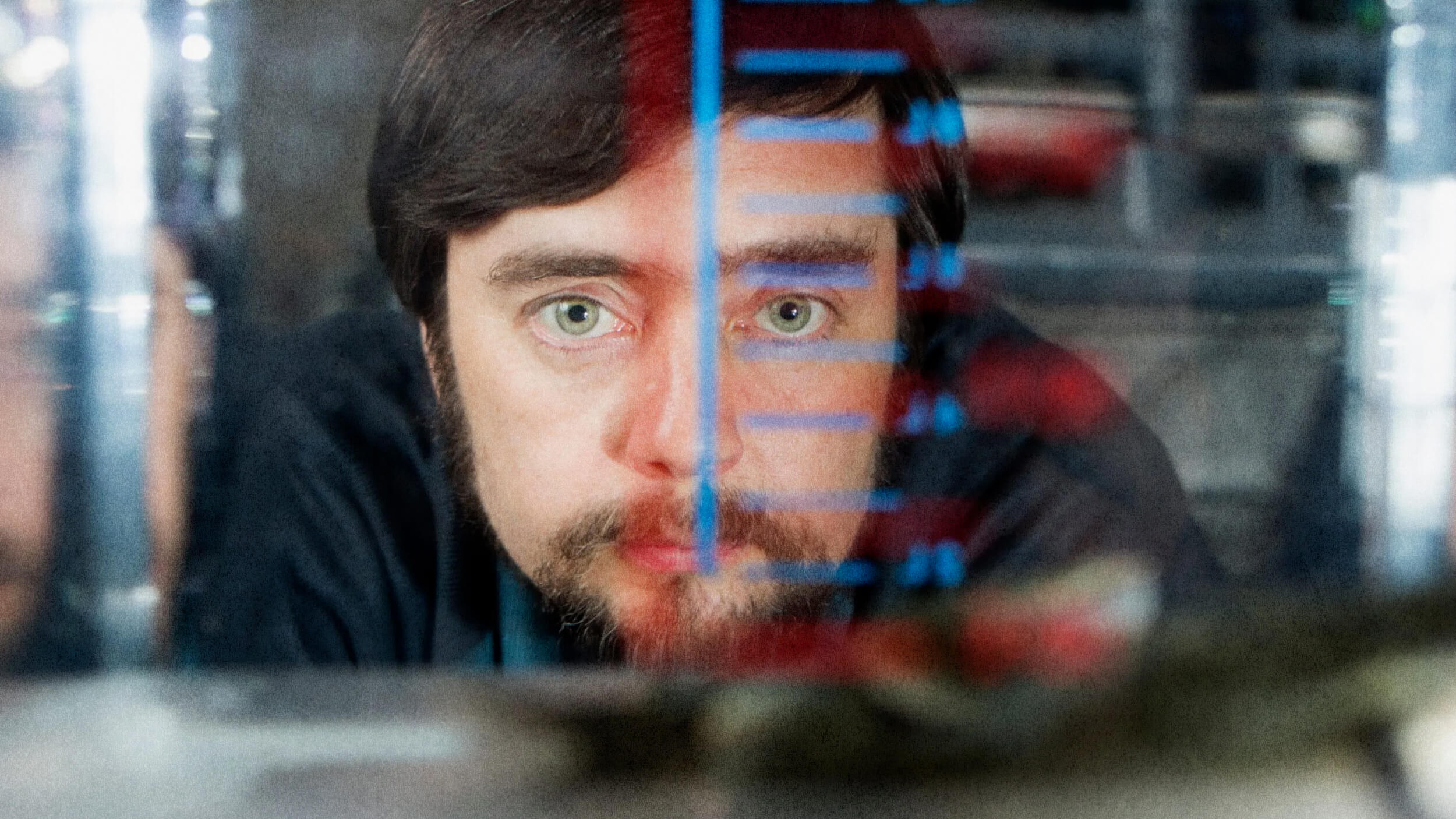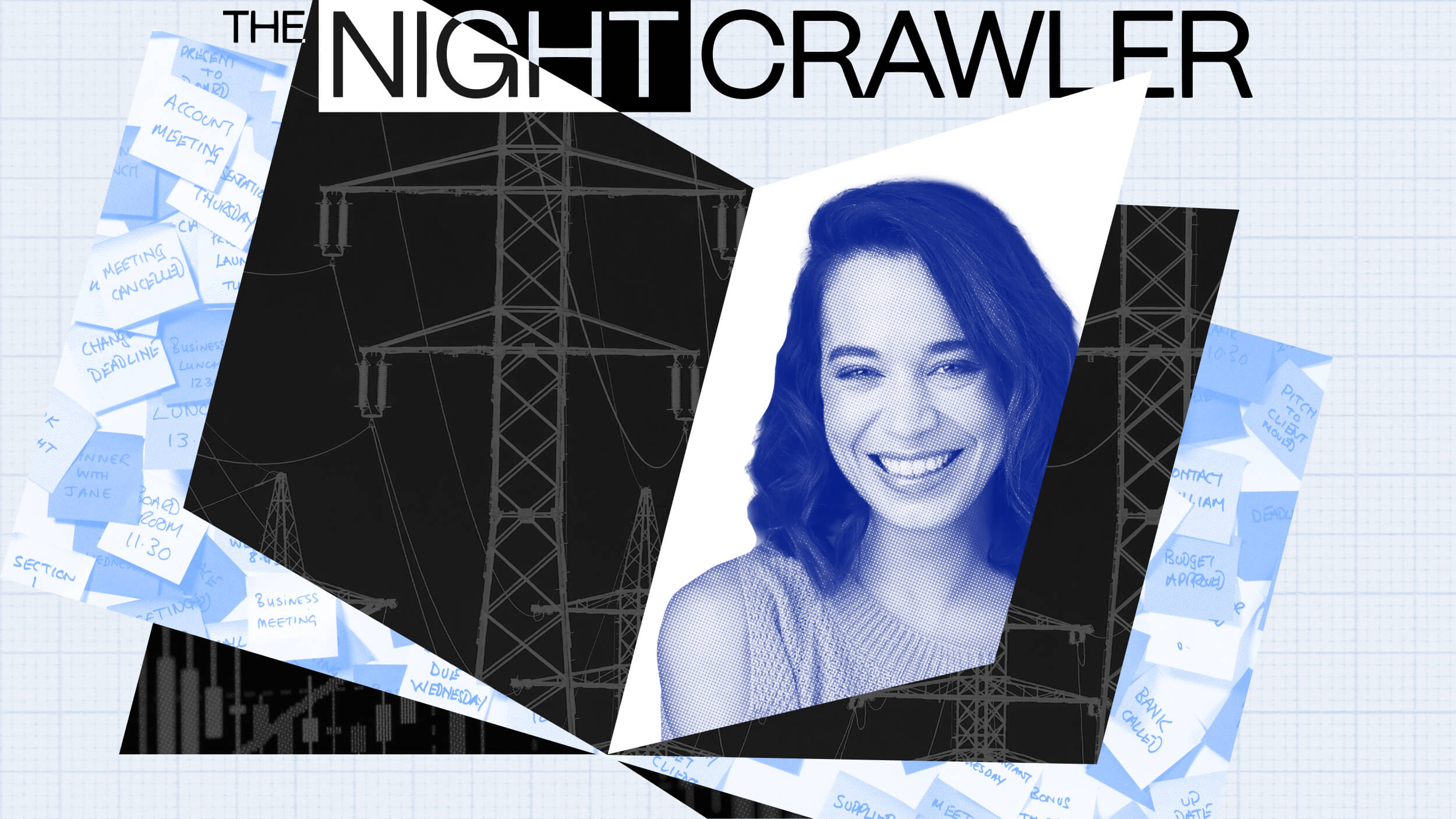The Birth of the Metaspace Economy

We were in the agricultural era for tens of thousands of years. We were in the industrial for two hundred. We were in the post-industrial for forty-five. In 1992, we moved into yet another phase, which we called the emotile. And we are now moving into another economy, which we call the metaspace economy. The real story here is that each time these fundamental transformations took place they were resolved in disruptive technologies that, not by themselves but in combination with other disruptive technologies, combined to change the way work was getting done, to create efficiencies, throw people out of work, but then went on to create whole other businesses.
So basically, the industrial age that was ushered in to create efficiencies in agriculture, through the steam engine bringing food to market, the machines that were the tractors, and so on. They went on to become industries in clothes washers and dryers, and hair dryers. That had nothing to do with efficiencies in agriculture, they just built whole other industries out of that. And the same thing with the post-industrial era, disruptive technologies came along in telephony and computing, and created efficiencies and robotics and automation, and we didn’t need all of those people on the factory floor. But whole other new businesses grew up around computing and telephony and so on.
The real key as we head into the future is that here’s an economy that lasted tens of thousands of years, then the disruptive technologies. Here’s another one that lasted for less than two hundred years, then the disruptive technologies. Here’s another one, the post-industrial, forty-five years, then disruptive technologies in 1992. And then we knew that we had till 2005 before we saw the new disruptive technologies take place. So in our business that was easily seeable to us; we weren’t surprised. So are you always surprised by disruptive technologies? No, but by a specific disruptive technology, possibly, but not the fact that they will happen and that they will combine to change the entire economy as we know it.
So as we head out into the future we know that we can predict certain kinds of disruptive technologies. We know that, for example, brain imaging will be a major disruptive technology in terms of the advancements that will be made there and how that will affect everything from marketing to education to even criminal justice. We know that the ability to harness nanotechnology—nano means billionths of—so in nanoseconds a billionth of a meter; a nanometer is a billionth—a nanosecond is a billionth of a second; a nanometer is a billionth of a meter. Harnessing things that fast and that small will be totally disruptive.
We have something coming along now, 3D Printing. So imagine your laser jet printer being able to make, you know, any article that you might have to go to a store for; and then also, to be able to make food. 3D Printers are now actually printing food. So that’s disruptive. Then if you take a look at what we call something that eyes glaze over when we say this, but we call it BAANGFUEL—B-A-A-N-G-F-U-E-L. And what that stands for is bits, atoms, antimatter, neurons, genes, frequencies and vibrations, and ultra and intraspectral energy, and light. What that really is talking about is the fact that we’re going to be combining organic and inorganic materials. We’re going to be creating things from the molecular level on up.
We’re going to be able to discover things in the light spectrum, frequencies and vibrations, that we have not harnessed before, and in combinations and in recombinations. These disruptive technologies in and of themselves will create even more massive disruptions as they combine, and the numbers of combinations there will be infinite. We know that we’re looking at disruptive technologies on so many fronts. So it’s not always easy to know or to name any one, but we know that in all of these tracks the disruptive technologies will be there.
In Their Own Words is recorded in Big Think’s studio.
Image courtesy of Shutterstock.





